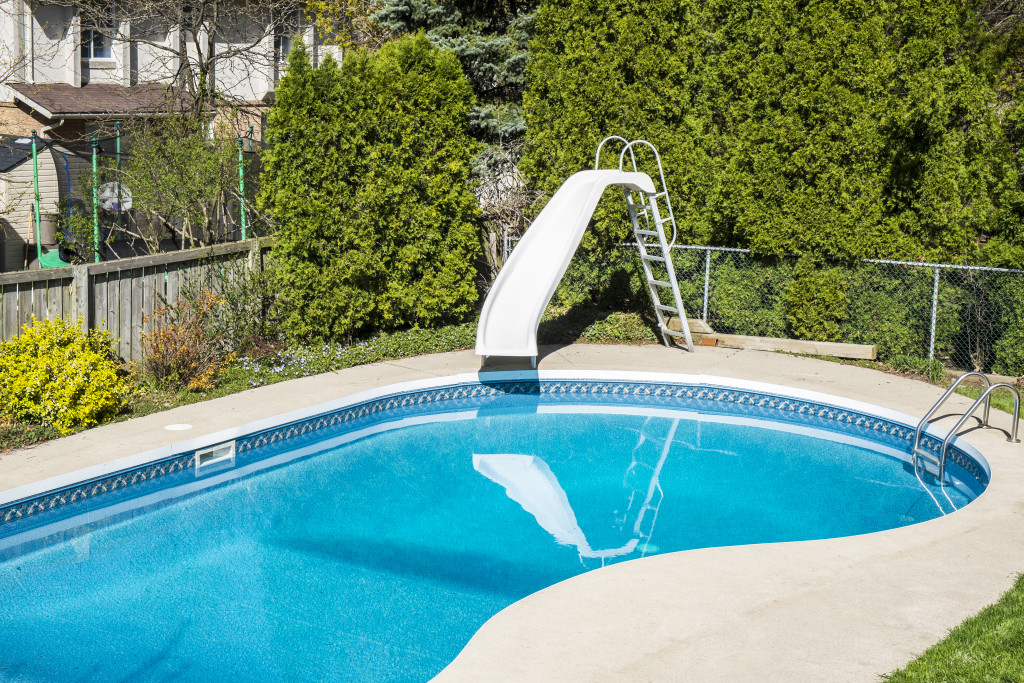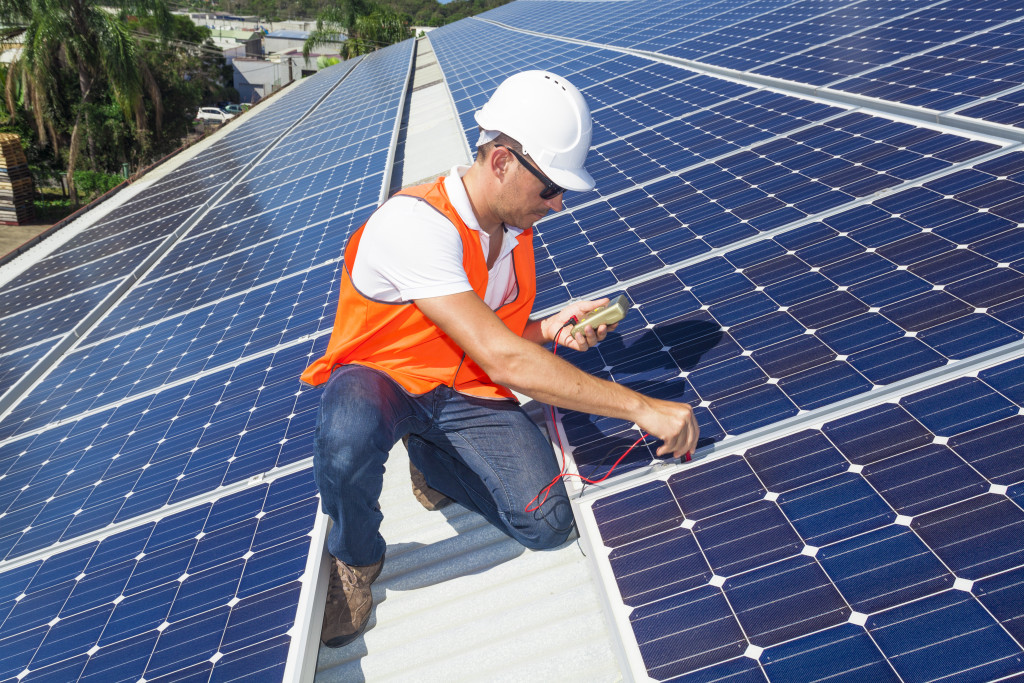Home upgrades can be expensive. However, some of them pay for themselves more than thrice over. A few changes to your home can drastically reduce future spending while making it more livable and enjoyable. These upgrades can count as investments, and the dividends you reap will last a lifetime.
Solar Power
Saving the environment is not even a significant factor when opting for solar-powered homes. A third of Australian homes have solar power systems, and money is the primary driving force. While solar power is a bit more expensive in the US, it is still practically free. The average US home uses less than 900 kWh per month. A 6-kW solar power system can easily produce outputs surpassing 900 kWh per month, especially in elevated states like Utah and Colorado or sunny states like Florida and Hawaii.
Even at the high-end, a 6-kW system will cost around $16,000. Federal solar incentives (at 26 percent) cut costs to less than 12,000, and several states have their own incentive programs that either cut costs or exempt solar spending from property tax. With a ten-year loan, the monthly premiums should stay at around $120 a month. Savings on your electricity bill should be enough to cover that amount, and you’ll still have free electricity once you’re done paying after ten years.
Solar companies guarantee the performance of their systems for 25 years, but most can last for more than 40 years. That’s another 15 to 30 years of free electricity and savings of $20,000 to $40,000. A solar-powered home will also insulate you from higher energy costs. As the government pursues greener and more environmental policies, power companies will be forced to adopt green technology. The cost of solar or wind farms can be expensive and expect most of the cost to be passed to consumers.

A Swimming Pool
Building a swimming pool might seem more like an extravagance than an investment. However, a swimming pool can save your family thousands of dollars on hospital bills throughout your life. Obesity is a plague that has spread far and wide in the US. It is one of the most significant factors in most causes of death and morbidity, and the recent pandemic proved how obesity can be as fatal as kidney disease when faced with the virus.
A swimming pool in your backyard allows your family to work out anytime they want. Children and teenagers won’t need a lot of encouragement to get in a pool, and you might even have problems limiting their pool time. No exercise beats swimming when it comes to safety, full-body activation, and calories burned. Merely staying in the water is comparable to brisk walking in the amount of calories burned.
Of course, expect more visitors as your kids will undoubtedly gain a bit of popularity in their circle. Swimming pools can be expensive, and even a small lap pool can cost around $30,000. You can cut costs by working with a planner and doing the excavation yourself by renting equipment (if you know how to operate heavy machinery) or relying on professional excavation services prior to construction. The cost of building a pool might seem expensive.
However, it is a small price to pay to ward off obesity. A study by George Washington University calculated the annual cost of obesity per person, resulting in a staggering $4,800 for women and $2,600 for men.
Better Security Features
Home security is always a good investment. No matter how much you pay for security, keeping your family safe is priceless. Thefts and vandalism can be costly, but injuries, death, or trauma can be devastating.
Proper locks and secure windows are enough to dissuade the average thief or robber. Security cameras should keep your home safe, even if you leave it unattended. Don’t bother with fake security signs or cameras. Word will eventually get out, or criminals will see through the act. You’ll only be making your home more of a target.
Gates and fencing work, but make sure to opt for ones with iron bars instead of the usual wooden planks. Shrubs and planks can limit the visibility inside your house, allowing thieves and robbers to sneak inside your property without being seen. Iron gates and fencing keep people out without restricting visibility. Add motion-detecting lights, or better yet, get a couple of dogs with loud barks.
Your home is one of the best places to spend your money, especially if you can get the money back. Consider investing in features that keep your family healthy, make your house more secure, and save tons of money.



